 |
Analysis of Ultrasound Sequences
The analysis of the Intima Media (IM) thickness of the common carotid artery by means of B-mode ultasound sequences can be used as a surrogate parameter for
arteriosclerosis. In collaboration with the university hospital of the TU Munich, we develop reliable algorithms that determine the IM thickness and extract parameters that might be used as indicator for the individual risk of patients.
|
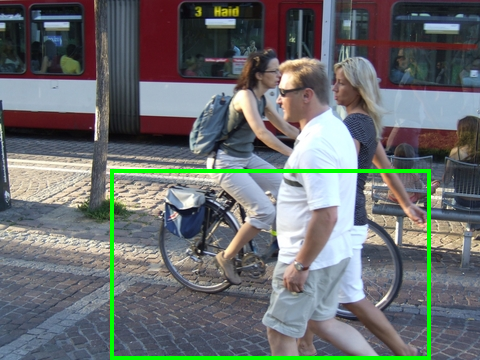 |
Visual Object Class Recognition
The recognition of visual object class members is a complex task for a computer. In this work, we deal with visual object class recogniton using local descriptions ( = descriptors and local geometry). We present several novel, powerful algorithms that help to solve the task. (.pdf)
|
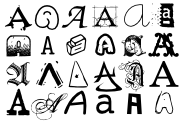 |
Semantic Grouping of Visual Features
Common visual codebooks contain a variety of different parts. Certain structures might have a common semantic meaning, but look considerably different. Treating these semantically related, but visually different entities separately can spoil the recognition performance. This work presents a method how these semantically related parts can be associated by comparing their object reference point distributions. (.pdf)
|
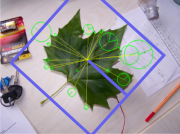 |
Estimation of Positional Parameters
Local parts can be used to recover the positional parameters of an object.
In this work, we present a method that is not only capable of estimating the location and the scale of an object, but also its orientation. This is achieved by using a Hough-like voting scheme and object reference point distributions. (.pdf)
|
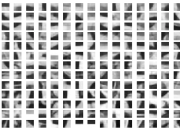 |
Fast Generation of Visual Dictionaries
In this work, we analyzed different state-of-the art methods for building visual codebooks. We were able to show that difficult, time-consuming algorithms, that try to recover the precise layout of the samples in feature space are not necessary. A simple sequential algorithm (MBSAS-clustering) is sufficient to construct high quality codebooks. (.pdf)
|
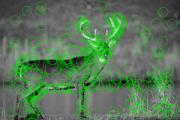 |
Interest Point Detection
The use of so called "interest point detectors" is a vital part of many image and object retrieval systems. The goal of this work was to evaluate the suitabilty of current detectors and to further develop them, if applicable. The extension of the wavelet based interest point detector by Loupias et al. is a result of this work. (.pdf)
|
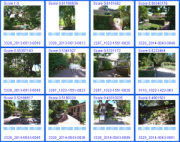 |
Content Based Image Retrieval using JPEG2000
During my diploma thesis I developed an algorithm for content based image retrieval for data in JPEG2000 format. The algorithm is based on color- and texture features calculated from wavelet transformed images. They are represented as Gaussian Mixture Models. A web based demo shows the algorithm in action. (.pdf)
|
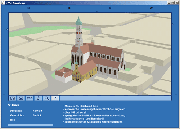 |
3D City Guide - 3D statt plan
Already in the summer of 2000, the idea of an online virtual city guide was born. By use of a 3D city map, the traveller can explore his/her destination and get information about sights, gastronomy and accomodation. More information on the project can be found on invia3D.
|
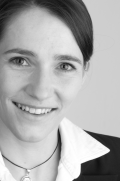

 /
/ )
)